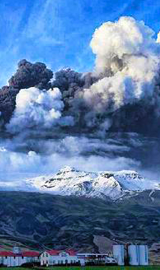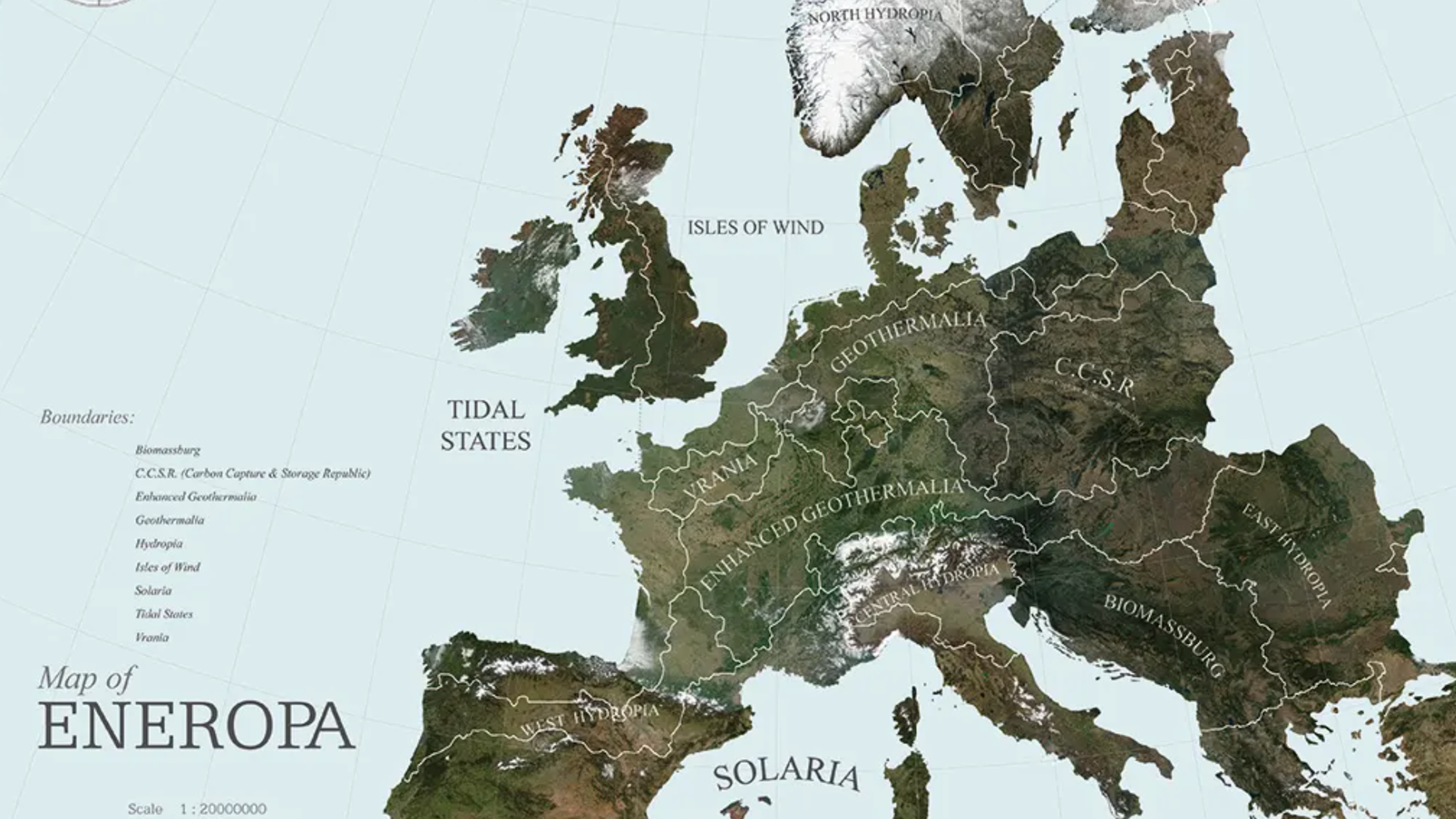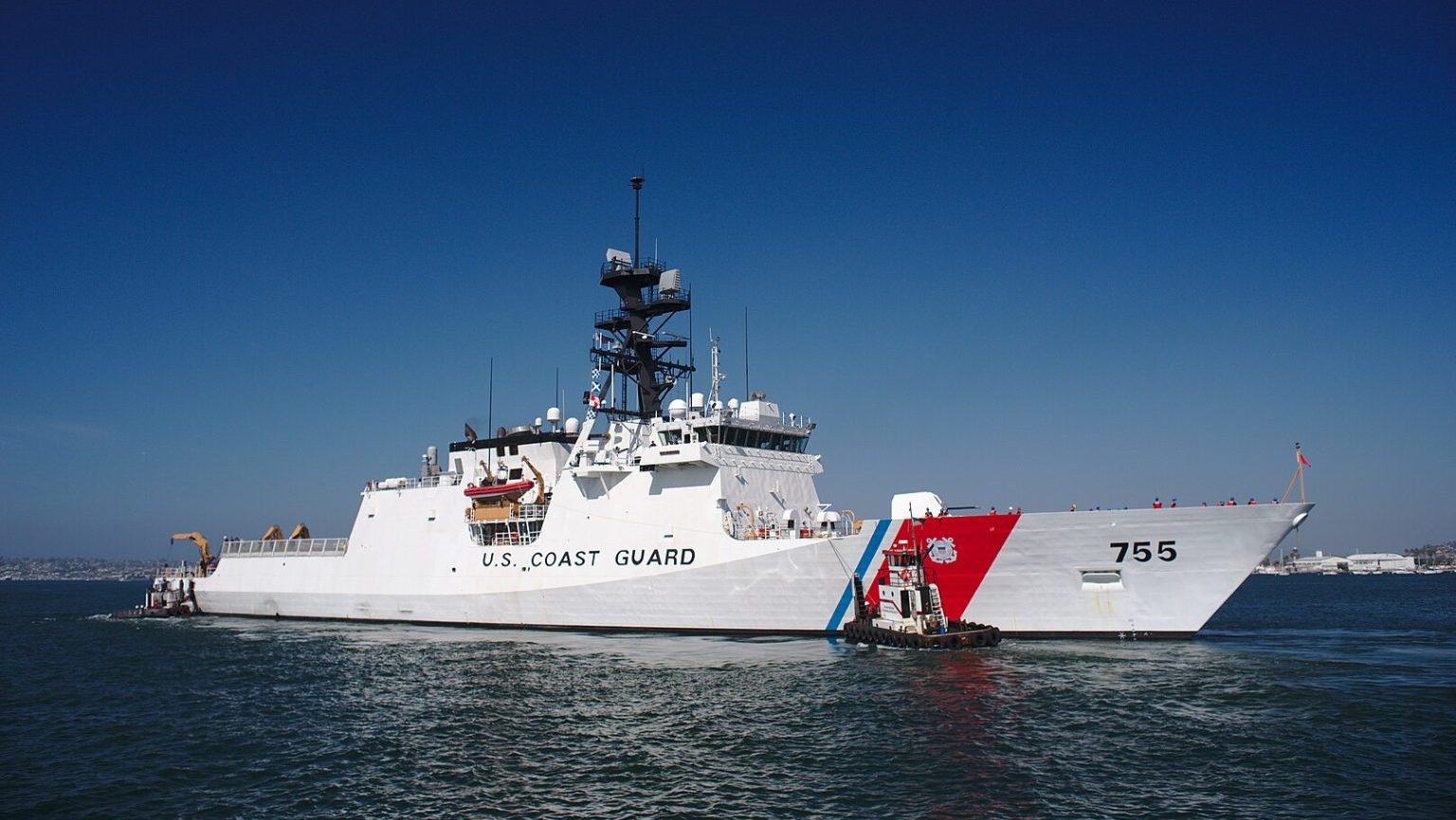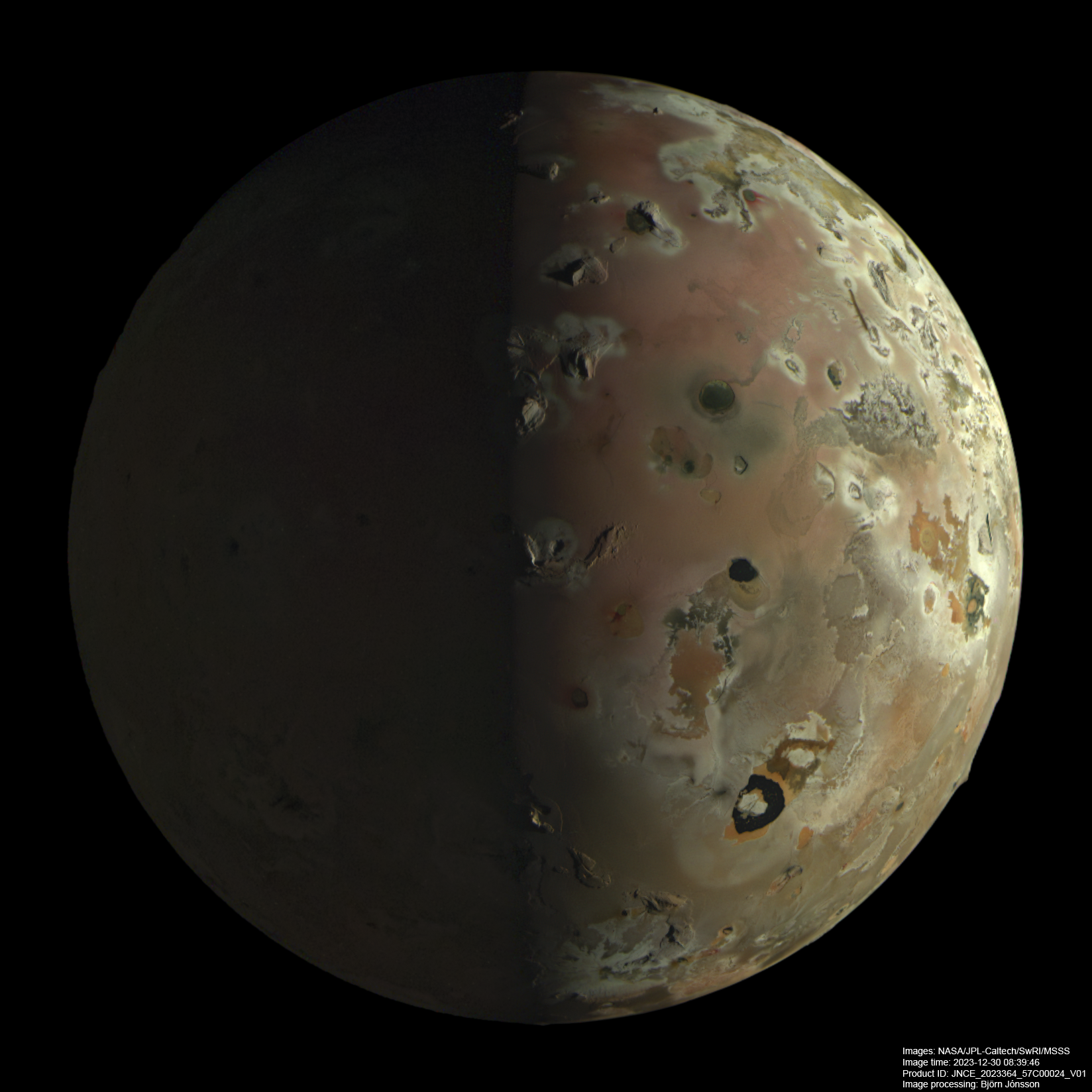Can We Predict Volcanic Eruptions?

I recently wrote an opinion editorial in the Wall Street Journal about the recent eruption of Iceland’s Eyjafjallajokull volcano. This eruption was a bit different than most volcanic eruptions in that the hot magma continually came into contact with large quantities of glacial ice, causing bursts of steam that then produced glassified silicates.
The amount of ash thrown miles into the air above Europe was utterly astonishing, and traces of the plume may travel as far as Newfoundland. Iceland’s Institute of Earth Sciences reported the average discharge rate of ash at 750 tons per second—a rate that could fill Yankee Stadium every few seconds. The eruption disrupted over 60,000 flights across Europe, but it now appears that the ash and lava is starting to diminish and airports are beginning to start operations after losing over a billion dollars.
What can we learn from these eruptions? In my Wall Street Journal article, I stated that “In the wake of this eruption, there is much to be done. We need a uniform and rigorous international policy to deal with these eruptions. The European Union was caught off guard. There was chaos and unnecessary confusion as nations scrambled by themselves to salvage whatever they could of their airline industry. We need more active reconnaissance of volcanoes, which at the moment is often left to a handful of lonely scientists. Iceland has to be closely watched, since it lies at the top of the Mid-Atlantic Ridge, a huge gash that splits the Atlantic Ocean and is slowly pushing the U.S. away from Europe and Africa.”
On April 21st, I was also featured on FOX Business speaking about the environmental risks of volcanic eruptions of this magnitude. What we really need to worry about is the possibility that this most recent eruption could trigger the neighboring volcano, which is around 10 times as powerful. Three times in the past, both of these volcanoes went off almost simultaneously, with one triggering the other. We have all seen the magnitude of this most recent Icelandic volcano; now multiply that eruption by a factor of ten.
The main problem we have today is that we still have a hard time predicting when a volcano is actually going to erupt. Volcanologists can offer probabilities that an eruption will occur, but can never be certain, much in the way that meteorologists offer probabilities about the weather. At times, the morning news will tell you that its there is a high chance it’s going to rain, but it ends up being a beautiful day outside. Volcanologists can make predictions by monitoring statistical data about past eruptions and using finely tuned instruments—including seismographs, which can monitor small tremors produced by the volcano, and seismometers, which can track the rise of magma and its movement—to measure current activity. Each volcano, however, is unique, and the particular chain of events leading to the eruption of one volcano may be completely different than in other cases.
All of which prompts the question: could an incident like the one in Europe ever happen in the U.S.?
Many people visit Yellowstone National Park each year for its beautiful scenery and wildlife, not knowing that they are in the presence of possibly one of the largest active volcanoes on Earth. You may have heard just last year of a series of hundreds of mini-quakes around Yellowstone, which raised the eyebrows of scientists who monitor the park on alert. According to Discovery (from their recent television program “Super Volcano”), the crater atop Mount St. Helens is about 2 square miles in area. The Yellowstone “caldera”—a depression in the Earth equivalent to a crater top—is some 1,500 square miles. This gives you an excellent reference as to what a possible eruption of Yellowstone could yield. The damage would be on a scale beyond human comprehension! The last major event, however, occurred over 730,000 years ago; Yellowstone’s “Super Volcano” is not expected to blow its cork for another 90,000 years or so.
As we head into the future, advanced monitoring equipment and devices will allow us to make more accurate predictions about volcanic activity. The USGS National Volcano Early Warning System (NVEWS) has plans to “improve a number of capabilities of the US volcanology community through the following elements: 1) Increased partnerships with local governments and emergency responders, 2) grants to universities and other groups for cooperative research to advance volcano science, monitoring technologies, and mitigation strategies, 3) added staffing and automation to improve 24/7 monitoring of volcanoes, and 4) computer systems to distribute data to scientists, responding agencies, and the public, and to unify the systems currently used to monitor US volcanoes..
Let’s hope all of these plans, programs, and devices continue to stay one step ahead of Mother Nature. As we all know, she has both the unpredictability and power to make us quickly realize how small we actually are.





